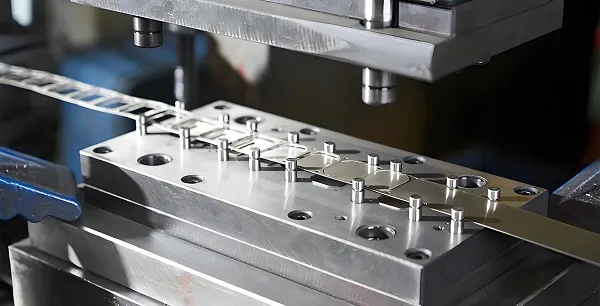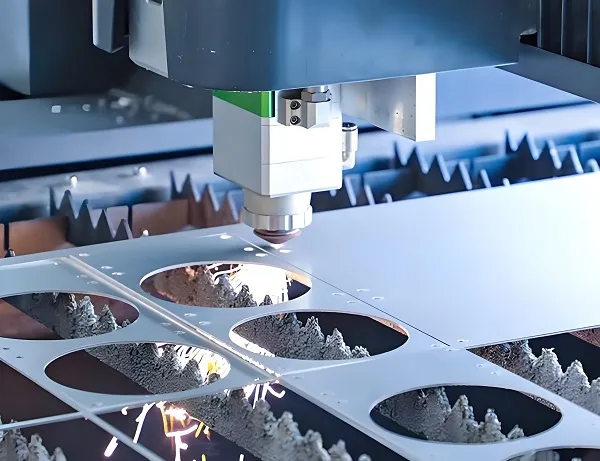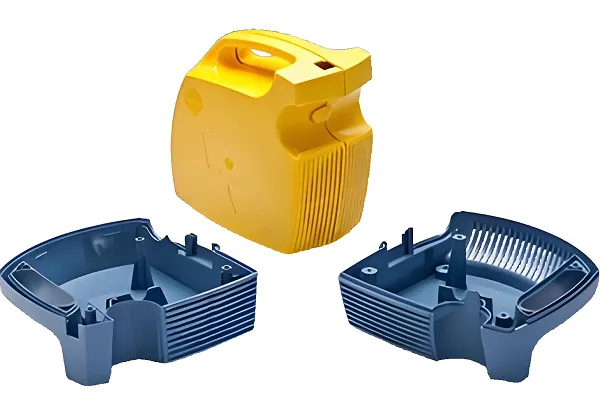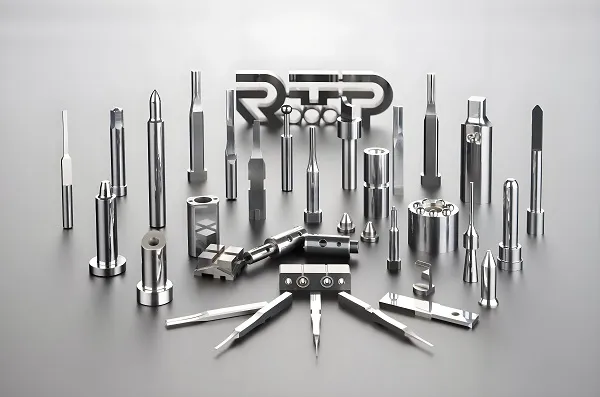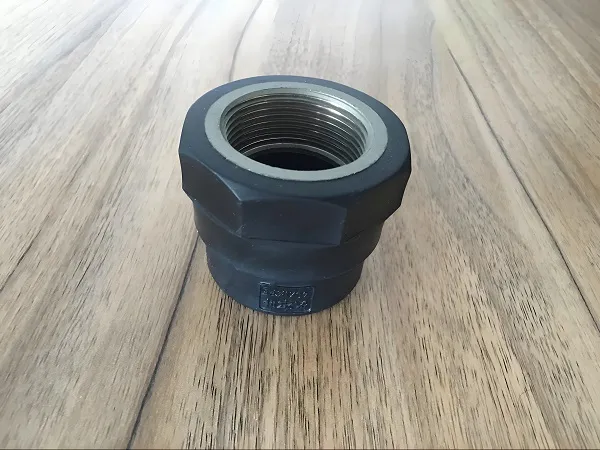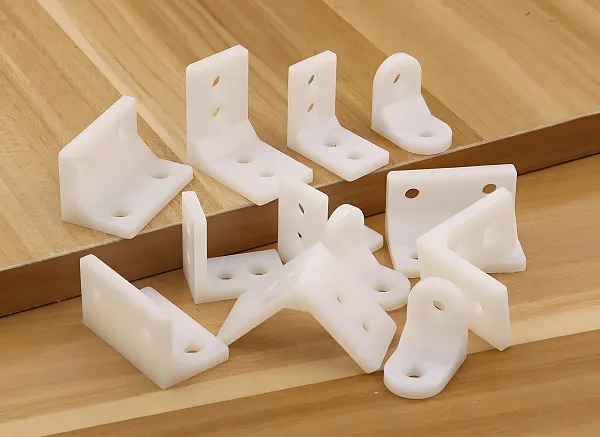Plastic injection molding, also known as injection molding, is a molten plastic using pressure into the plastic products mold, after cooling and curing to get the desired shape and size of the plastic products processing methods. Plastic injection molding, as an important plastic processing methods, widely used in various industries.
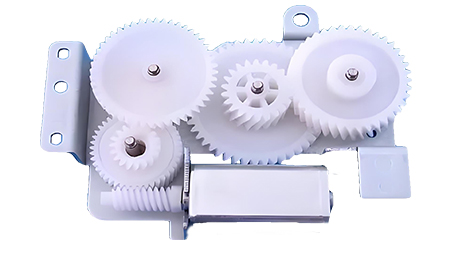
1.Plastic injection molding principle
Plastic particles in the injection molding machine barrel is heated to a molten state, and then in the screw or plunger drive, through the nozzle to high-pressure, high-speed injection mold cavity. Inside the mold, the molten plastic cools and solidifies, forming a plastic product that is consistent with the shape of the mold cavity. Finally, open the mold, remove the product, complete the injection process.
2. Main equipment and process
Main equipment:
Injection molding machine: including screw injection machine and plunger injection machine two types, used for melting plastic, injection and mold mold closing and opening.
Moulds: Metal moulds designed according to the shape and size of products, with the structure of cavities and sprue, used for molding plastic products.
● Process Flow:
Raw Material Preparation: Select suitable plastic raw materials and carry out pre-treatment such as drying and crushing.
Melting and Plasticizing: The plastic raw material is added into the barrel of the injection molding machine and heated to a molten state.
Injection Molding: The molten plastic is injected into the mold cavity through the nozzle under the push of screw or plunger.
Cooling and Curing: The molten plastic is cooled and cured in the mold to form a plastic product.
Demolding and post-processing: The mold is opened, the product is removed, and necessary post-processing (such as trimming, cleaning, etc.) is carried out.
3. Processable materials
●High-density polyethylene (HDPE)
Characteristics: High ductility, good tensile strength, strong impact resistance, moisture absorption resistance and recyclability.
Applications: Widely used in packaging, containers, pipes, wires and cables.
Processing parameters:
Cylinder temperature: 30~50℃ in feeding zone, temperature range of each zone is 160~300℃, nozzle temperature 220~300℃.
Mold temperature: 20~60℃.
Injection pressure: 80~140MPa, for thin-walled packaging containers can reach 180MPa.
Holding pressure: about 30~60% of the injection pressure.
●Polypropylene (PP)
Characteristics: Wear-resistant, flexible, high elongation, acid and alkali resistant.
Applications: automobile parts, appliance housings, packaging materials, etc.
Processing parameters:
Cylinder temperature: 30~50℃ in feeding zone, temperature range of each zone is 160~300℃, nozzle temperature 220~300℃.
Mold temperature: 20~70℃.
Injection pressure: 80~140MPa, for thin-walled packaging containers can reach 180MPa.
Holding pressure: about 30% to 60% of the injection pressure.
●Acrylonitrile-butadiene-styrene (ABS)
Characteristics: Toughness, impact resistance, acid and alkali resistance, low shrinkage and high dimensional stability.
Applications: electronic product shells, toys, automobile parts, etc.
Processing parameters:
Cylinder temperature: 180-290°C, usually around 230°C.
Mold temperature: 60-90℃.
Injection pressure: 700-1500kg/cm².
Drying temperature: 80-100℃, drying time 2-4 hours.
●Polycarbonate (PC)
Characteristics: Transparent, high heat resistance, good optical transparency and impact resistance.
Applications: optical lenses, food containers, electronic product housings, etc.
Processing Parameters (varies by specific model and application, the following is a general reference)
Cylinder temperature: Higher, need to be adjusted according to specific materials.
Mold temperature: also need to be adjusted according to the material, in order to maintain the dimensional stability and surface quality of the products.
Nylon (PA)
Characteristics: High strength, temperature resistance, chemical resistance, abrasion resistance.
Applications: mechanical parts, bearings, pipes, etc.
Processing parameters: Adjusted according to specific nylon types (e.g. PA6, PA66, etc.) and product requirements.
●Poly(methyl methacrylate) (PMMA)
Characteristics: High optical properties, high gloss, scratch resistance.
Applications: transparent products, advertising light boxes, optical instruments, etc.
Processing parameters: need to be adjusted according to the shape and size of the products, pay attention to temperature control to avoid stress cracking.
4.Features and Advantages
High production efficiency: injection molding can realize automatic production, high production efficiency, suitable for mass production.
Good product quality: injection molded products have precise size, high surface finish and good mechanical properties.
Design flexibility: injection molds can be designed into a variety of complex shapes to meet the needs of different products.
High material utilization rate: high utilization rate of plastic raw materials and less waste in the process of injection molding.
5.Application areas
Plastic injection molding is widely used in many industries such as automotive, electronics, home appliances, toys, packaging, medical devices and so on. For example, the instrument panel, bumper, door handle and other parts of automobiles are often used in injection molding process; shells, buttons and other electronic products are also often used in injection molding products.
6.Development trend
With the progress of science and technology and environmental awareness, plastic injection molding industry is moving towards the direction of high efficiency, energy saving, environmental protection. In the future, the injection molding machine will be more intelligent and automated, and the injection mold will be more precise and efficient; at the same time, the application of environmentally friendly plastic raw materials and biodegradable plastics will become more and more widespread.
Plastic Injection Molding Customized Service FAQ
●What is the basic process of injection molding customization service?
A: The basic process of injection molding customization service usually includes the following steps:
Demand communication: The customer communicates with the injection molding manufacturer about the product demand, including the shape, size, material and quantity of the product.
Mold design and manufacturing: According to the customer’s needs, the injection molding manufacturer carries out mold design and manufactures a mold that meets the requirements. Mold design needs to consider the shape of the product, dimensional accuracy, material fluidity and other factors to ensure the smooth progress of injection molding.
Raw material selection and preparation: Select plastic raw materials suitable for injection molding and carry out pretreatment such as drying and crushing to ensure the purity and consistency of raw materials.
Injection Molding: Add the pre-treated plastic raw materials into the injection molding machine, heat them to the molten state, and then inject the molten plastic into the mold cavity through the push of the screw or plunger, and then form the products after cooling and curing.
Post-processing and inspection: The injection molded products are subjected to post-processing such as deburring, trimming, etc., and quality inspection is conducted to ensure that the products meet the customer’s requirements.
Packaging and delivery: The qualified products will be packaged and delivered according to the time and place required by customers.
●What are the advantages of injection molding customization service?
A: Injection molding customized service has the following advantages:
Cost-effectiveness: injection molding processing allows mass production, high production efficiency and relatively low cost, which is suitable for large-volume customized production.
Design flexibility: injection molds can be designed into a variety of complex shapes to meet the needs of different products, design flexibility.
Good product quality: injection molded products have precise dimensions, high surface finish and good mechanical properties, which can meet the requirements of high-precision and high-quality products.
Wide choice of materials: injection molding processing can use a variety of plastic materials, including HDPE, PP, ABS, PC, nylon, etc., a wide choice of materials.
Quick response: injection molding manufacturers usually have the ability to respond quickly, and can quickly adjust the production plan and mold design according to customer demand, shortening the delivery cycle.
● How to guarantee product quality in injection molding customization service?
A: The measures to ensure product quality in injection molding customization service mainly include the following aspects:
Strict quality control system: injection molding manufacturers should establish a perfect quality control system, including raw material inspection, production process control, finished product inspection and other links to ensure that each link meets the quality requirements.
Advanced production equipment and technology: using advanced injection molding machines, mold manufacturing equipment and testing technology to improve production efficiency and product quality.
Professional technicians: Equipped with professional technicians for mold design, injection molding and post-processing, to ensure that each link has a professional in charge.
Customer communication and feedback: keep close communication with customers, timely understand customer needs and feedback, adjust production plan and quality control measures according to customer needs.
● How to determine the price of injection molding customization service?
A: The price of injection molding customization service is usually determined by several factors, including:
Mold cost: The design and manufacturing cost of the mold is an important cost in the custom injection molding service, and its price depends on the complexity of the mold, material, size and other factors.
Material cost: the price fluctuation of plastic raw materials will affect the cost of injection molding customization services, and the price of different types and specifications of plastic raw materials is different.
Production quantity: the more the production quantity, the lower the unit cost, so the production quantity is also an important factor affecting the price.
Processing difficulty: the shape of the product, dimensional accuracy, material fluidity and other factors will affect the difficulty and cost of injection molding, thus affecting the price.

